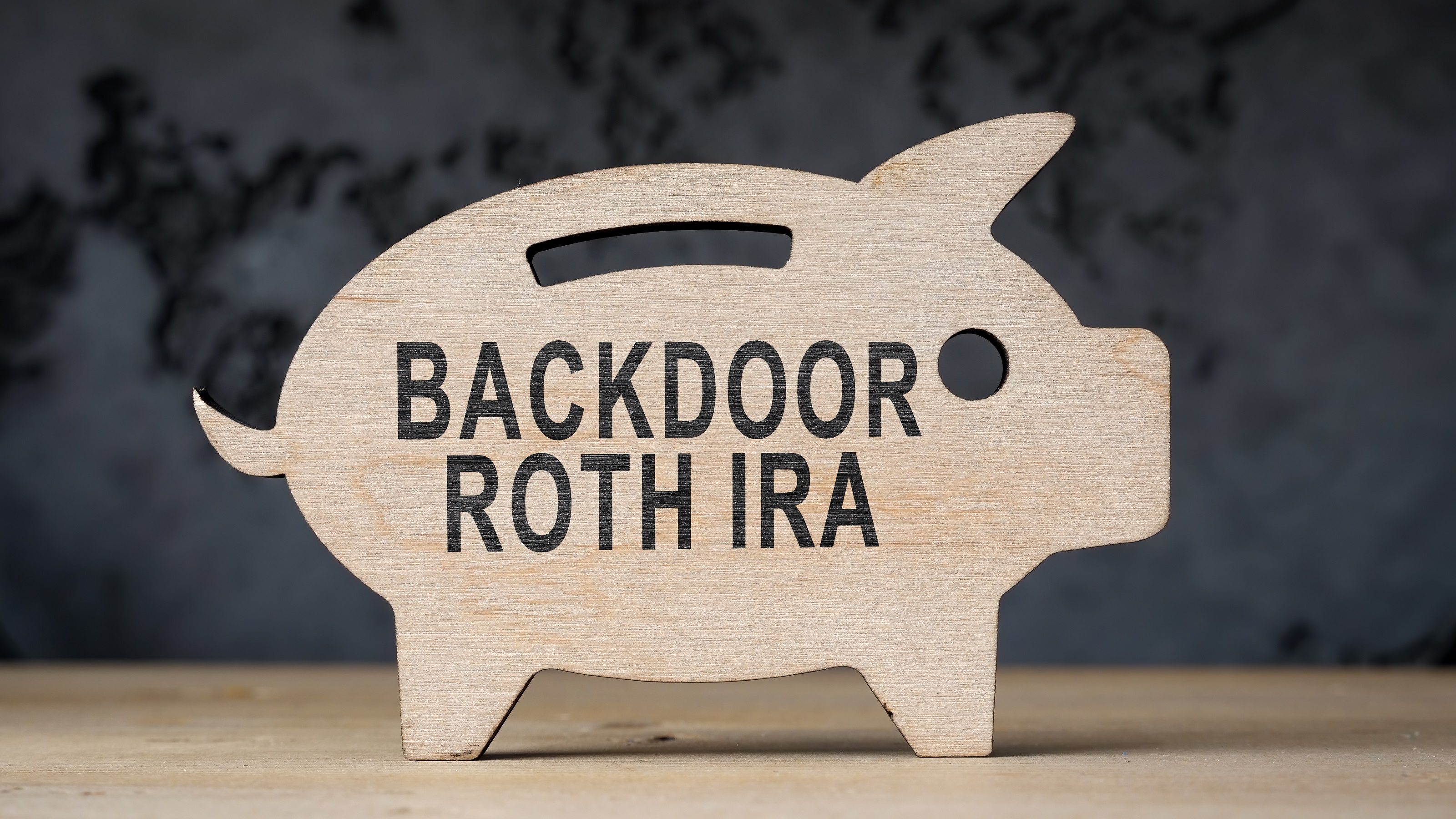Year-End Financial Checkup for Military Members
Now is a good time to boost savings and double-check your benefits. But the most important decision to make is whether to sign up for the new Blended Retirement System.


Question: I’m in the Army and am wondering if there is anything I should be doing before the end of the year to take advantage of my military benefits and help my family financially?
Answer: This is a great time of year to review your benefits, make the most of special savings opportunities and low-cost insurance, and make a very important decision involving the new retirement system.
Decide about the Blended Retirement System. The most important thing you can do before the end of the year is to decide whether to sign up for the new Blended Retirement System, if you are eligible. If you joined the military between 2006 and 2017, you have until December 31, 2018, to decide whether to switch to the new system or stay with the current retirement plan.

Sign up for Kiplinger’s Free E-Newsletters
Profit and prosper with the best of expert advice on investing, taxes, retirement, personal finance and more - straight to your e-mail.
Profit and prosper with the best of expert advice - straight to your e-mail.
Under the current system, service members who stay in the military for 20 years can receive a pension that starts at 50% of their base pay every year for life, or up to 75% of base pay if you remain for 30 years. If you leave the military before 20 years, however, you don’t receive any lifetime retirement pay. The new system provides a smaller pension (40% of your base pay rather than 50% if you stay for 20 years, or 60% rather than 75% if you stay for 30 years), but the Department of Defense will also automatically contribute 1% of your base pay to the Thrift Savings Plan after 60 days of service, and it will match your TSP contributions for the next 4% of your pay.
If you don’t do anything by December 31, you’ll automatically remain in the current retirement system. That may not be your best choice if you don’t plan to stay in the military for at least 20 years. But if you choose the Blended Retirement System, you can benefit from the TSP match even if you don’t stay long enough to qualify for the lifetime income. “The vast majority of service members won’t stay for 20 years, and the BRS gives them an opportunity to take something with them,” says Matthew Angel, a certified financial planner who is USAA’s advice director for personal finance.
If you plan to stay in the military for 20 years or more, however, you’ll generally come out ahead with the higher lifetime pay from the current retirement system. You can use BRS calculators at the Department of Defense and USAA to help you calculate your best choice. For more information, see the Department of Defense’s BRS page.
Boost your TSP contributions before year-end. You can contribute up to $18,500 to the TSP for 2018. And if you were deployed anytime during the year and received tax-free income in a combat zone, you can contribute up to $55,000 for the year. Because contributions are made through payroll deduction, you only have until your last pay period of the year to increase your TSP contributions for 2018. You can go into your MyPay account and adjust your contributions anytime, says Angel.
Contribute more to your TSP in 2019. The contribution limit for TSPs is increasing by $500 in 2019, to $19,000. If you receive tax-free income while deployed, you’ll be able to contribute up to $56,000. If you’ve been maxing out your TSP contributions, be sure to adjust your contributions for 2019 to account for the higher limits.
Take advantage of the full TSP match in 2019. If you sign up for the Blended Retirement System, even if you can’t afford to contribute the maximum amount to your TSP for the year, try to contribute at least enough to get the full match. You’ll need to contribute 5% of your income to the TSP to benefit from the full match, and it’s a good idea to contribute even more if you can. Service members who remain in the current pension system won’t receive a TSP match, but you can still benefit from the TSP’s tax-advantaged and low-fee retirement savings.
Decide whether to make pretax or Roth TSP contributions. Service members can now choose between making the traditional pretax TSP contributions, which grow tax-deferred and are taxable when withdrawn, or making Roth TSP contributions, meaning you forgo a current tax break but can withdraw the money tax-free in retirement. Unlike with Roth IRAs, there’s no income limit to be able to contribute to a Roth TSP. If you’ve been making traditional pretax contributions to your TSP, consider making future contributions to the Roth TSP, which can provide savings you can access tax-free in retirement. “That gives you more flexibility in retirement,” says Angel.
Do a benefits checkup. Make sure you’re taking advantage of other benefits offered by the military, such as low-cost Servicemembers Group Life Insurance, which can provide up to $400,000 in coverage on yourself and up to $100,000 for your spouse. It’s a good time to calculate your life insurance needs and consider whether you need to get additional coverage to supplement SGLI. Also check the beneficiary designations of your life insurance and retirement savings to make sure they’re up to date (those beneficiary designations supersede anything in your will).
If you’d like to save more for retirement, you can also stash money in either a traditional or a Roth IRA. You can contribute up to $5,500 to an IRA for 2018 anytime until April 15, 2019, and up to $6,000 to an IRA for 2019 anytime from January 1, 2019, to April 15, 2020 (people who are 50 or older can contribute an extra $1,000 per year, too). See Contribute More to Retirement Accounts in 2019 for information about the income limits for contributing to a Roth IRA.
For more information about special benefits for members of the military, see the 10 Best Financial Benefits for Military Families.
Get Kiplinger Today newsletter — free
Profit and prosper with the best of Kiplinger's advice on investing, taxes, retirement, personal finance and much more. Delivered daily. Enter your email in the box and click Sign Me Up.

As the "Ask Kim" columnist for Kiplinger's Personal Finance, Lankford receives hundreds of personal finance questions from readers every month. She is the author of Rescue Your Financial Life (McGraw-Hill, 2003), The Insurance Maze: How You Can Save Money on Insurance -- and Still Get the Coverage You Need (Kaplan, 2006), Kiplinger's Ask Kim for Money Smart Solutions (Kaplan, 2007) and The Kiplinger/BBB Personal Finance Guide for Military Families. She is frequently featured as a financial expert on television and radio, including NBC's Today Show, CNN, CNBC and National Public Radio.
-
 When Should You Hand Over the Keys — to Your Investments?
When Should You Hand Over the Keys — to Your Investments?The secret to retirement planning? "The best time to hand over the keys is before you’ve realized you need to hand over the keys."
By Maurie Backman
-
 A checklist for high-net-worth individuals looking to maintain and grow their wealth.
A checklist for high-net-worth individuals looking to maintain and grow their wealth.A strategic guide to managing, preserving, and expanding your wealth for long-term financial security.
By Dori Zinn
-
 What Does Medicare Not Cover? Eight Things You Should Know
What Does Medicare Not Cover? Eight Things You Should KnowHealthy Living on a Budget Medicare Part A and Part B leave gaps in your healthcare coverage. But Medicare Advantage has problems, too.
By Donna LeValley
-
 How to Benefit From Rising Interest Rates
How to Benefit From Rising Interest RatesFinancial Planning Savers will get the best rates from top-yielding savings and money market deposit accounts at online banks.
By Rivan V. Stinson
-
 Donor-Advised Funds: The Gift That Keeps on Giving
Donor-Advised Funds: The Gift That Keeps on GivingFinancial Planning Expert guidance on how this charitable vehicle can make a difference.
By Emma Patch
-
 PODCAST: Tax Breaks for College Finance with Kalman Chany
PODCAST: Tax Breaks for College Finance with Kalman ChanyPaying for College Paying for (ever-pricier) college is a challenge that this consultant meets head on with highly specific guidance.
By David Muhlbaum
-
 Reading, Writing, and Personal Finance
Reading, Writing, and Personal FinanceRaising Money-Smart Kids A growing number of high schools are adding personal finance to their curriculum.
By Sandra Block
-
 Backdoor Roth IRAs: Good for Wealthy Retirees?
Backdoor Roth IRAs: Good for Wealthy Retirees?Financial Planning A backdoor Roth IRA is a tax loophole that enables wealthier individuals to earn tax-free income. But it's complicated.
By David Rodeck
-
 PODCAST: This Couple Tackles Love and Money as a Team
PODCAST: This Couple Tackles Love and Money as a TeamGetting Married Fyooz Financial, the husband and wife team of Dan and Natalie Slagle, have carved out a niche advising other couples with the money questions that come with pairing up. Also, where is this troubled stock market headed?
By David Muhlbaum
-
 ABLE Accounts Give Disabled More Financial Freedom
ABLE Accounts Give Disabled More Financial FreedomFinancial Planning People with disabilities, and their families, can save for a variety of expenses in these tax-advantaged accounts.
By Emma Patch